Washington, D.C. — For the first time, the U.S. Federal Reserve formally placed stablecoins at the center of policy discussion during its Payments Innovation Conference on October 21. In a session titled “Stablecoin Use Cases and Business Models,” senior leaders from traditional banks, blockchain firms, and global payment companies explored how digital dollars are already reshaping financial infrastructure.
The panel was moderated by Kyle Samani, Co-Founder and Managing Partner at Multicoin Capital, and featured Charles Cascarilla, Co-Founder and CEO of Paxos; Tim Spence, CEO of Fifth Third Bank; Fernando Terres, CEO of DolarApp; and Heath Tarbert, President of Circle.
Latin America: “Stablecoins Are Already Everyday Assets”
Opening the discussion, Fernando Terres of DolarApp said that stablecoins have already become part of daily financial life in Latin America. “Across Mexico, Argentina, Colombia, and Brazil, stablecoins serve very different roles — as a store of value, a remittance tool, a savings instrument, and a payment rail,” he said.
“In Colombia, people use stablecoins to protect their savings from currency volatility; in Mexico, they’re used for cross-border payments and travel spending; and in Argentina, they’ve become a preferred method for salary payments,” Terres explained.
He added that DolarApp, a member of both the Mastercard and Visa networks, aims to make blockchain-based dollars as easy to use as local currency. “Our users don’t need to understand blockchain. We take on the complexity — they experience simplicity,” he said.
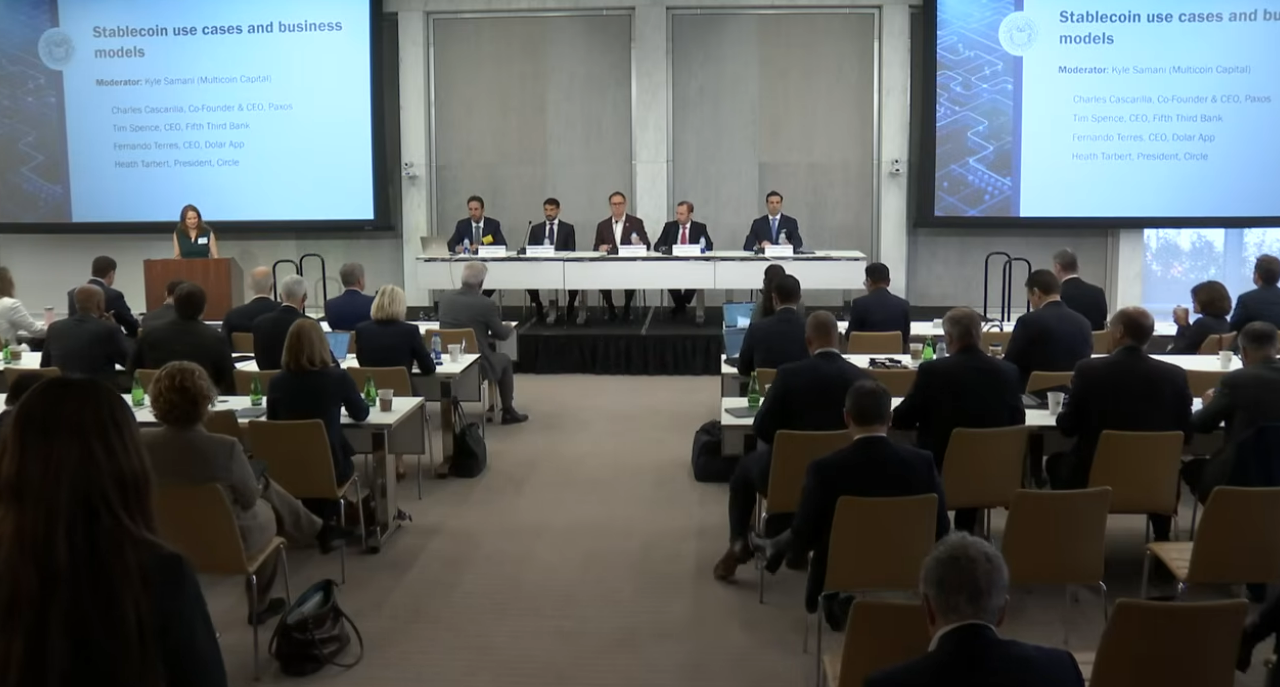
Fifth Third Bank: “Banks Need Stablecoins Too”
Tim Spence, CEO of Fifth Third Bank, was candid about the challenges facing traditional institutions. “We process over $17 trillion in payments annually,” he said. “Stablecoins can dramatically improve the efficiency of that system.”
“Cross-border payments still take days and involve multiple intermediaries,” Spence noted. “Stablecoins reduce both FX risk and settlement delays — that’s the first and strongest use case for banks.”
He acknowledged, however, that not every bank can or should issue its own stablecoin. “Except for a few major players, it’s unrealistic for individual banks to go it alone. The future lies in standardized, shared infrastructure,” he said. “Just as Zelle unified peer-to-peer payments under one framework, stablecoins will require collective governance — not fragmented ‘bank coins.’ Fragmentation is regression.”
Paxos: “Transparency and Standardization Are Essential”
Charles Cascarilla, CEO of Paxos, argued that the key to industry growth lies in trust and interoperability. “It’s practically impossible for every bank to issue its own compliant stablecoin,” he said. “What we need is brand-neutral, interoperable infrastructure that anyone can plug into.”
Cascarilla predicted that while hundreds of stablecoins exist today, only a few will survive. “Out of hundreds of issuers, maybe two to five will achieve global scale as true settlement networks,” he said. “The rest will remain localized — like prepaid cards or closed-loop systems.”
Circle: “Trust, Liquidity, and Utility Define the Future”
Heath Tarbert, President of Circle, emphasized that not all stablecoins are created equal. “Only those that are transparent, regulated, and liquid will be trusted as payment instruments,” he said.
“Utility — real-world usage — is what gives stablecoins value,” Tarbert added. “The connection between blockchain infrastructure and traditional banking networks must be seamless.”
He highlighted Circle’s ongoing initiatives: the USDC stablecoin now operates across 28 blockchains, and its Cross-Chain Transfer Protocol (CCTP) enables near-instant movement of funds between them. “To scale enterprise adoption, the blockchain itself must achieve institutional-grade reliability,” Tarbert said, adding that Circle is developing a next-generation, high-speed settlement network called ARK.
“Programmable Money” and the Future of Corporate Payments
Tarbert also described how programmable money could transform global trade. “Imagine a Korean manufacturer exporting to Latin America — payment could be triggered automatically when goods leave the warehouse,” he said. “That’s not science fiction. It’s programmable settlement, and it will redefine how supply chains and international trade operate.”
Looking ahead, Tarbert said the integration of AI-driven payment agents with stablecoin systems could give rise to a new kind of economy. “In the near future, AI agents will transact, settle, and reconcile autonomously using stablecoins. That’s the foundation of the invisible money era,” he said.
“Stablecoins Won’t Replace Banks — They’ll Work With Them”
A recurring theme of the panel was coexistence, not disruption. “Credit creation and lending are still core to banking,” said Spence. “Stablecoins won’t replace banks — they’ll complement them by improving payment efficiency.”
Circle’s Tarbert agreed: “Circle doesn’t compete with banks. We deposit reserves back into the banking system,” he said. “A healthy stablecoin market strengthens, not weakens, traditional finance.”
A Historic Shift in Financial Dialogue
This session marked a milestone: stablecoins were not framed as a regulatory risk, but as an integral part of the public payment infrastructure. For the first time, the Federal Reserve treated digital dollars not as experiments, but as tools shaping the next generation of monetary systems.






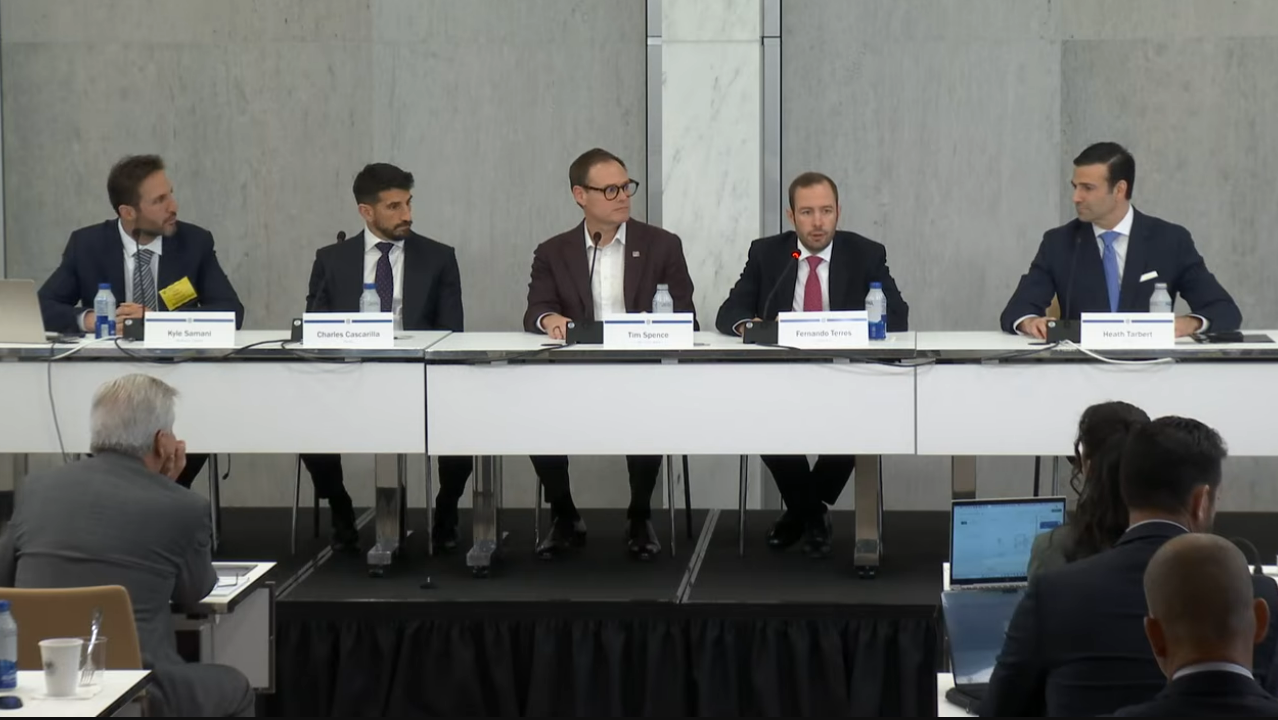



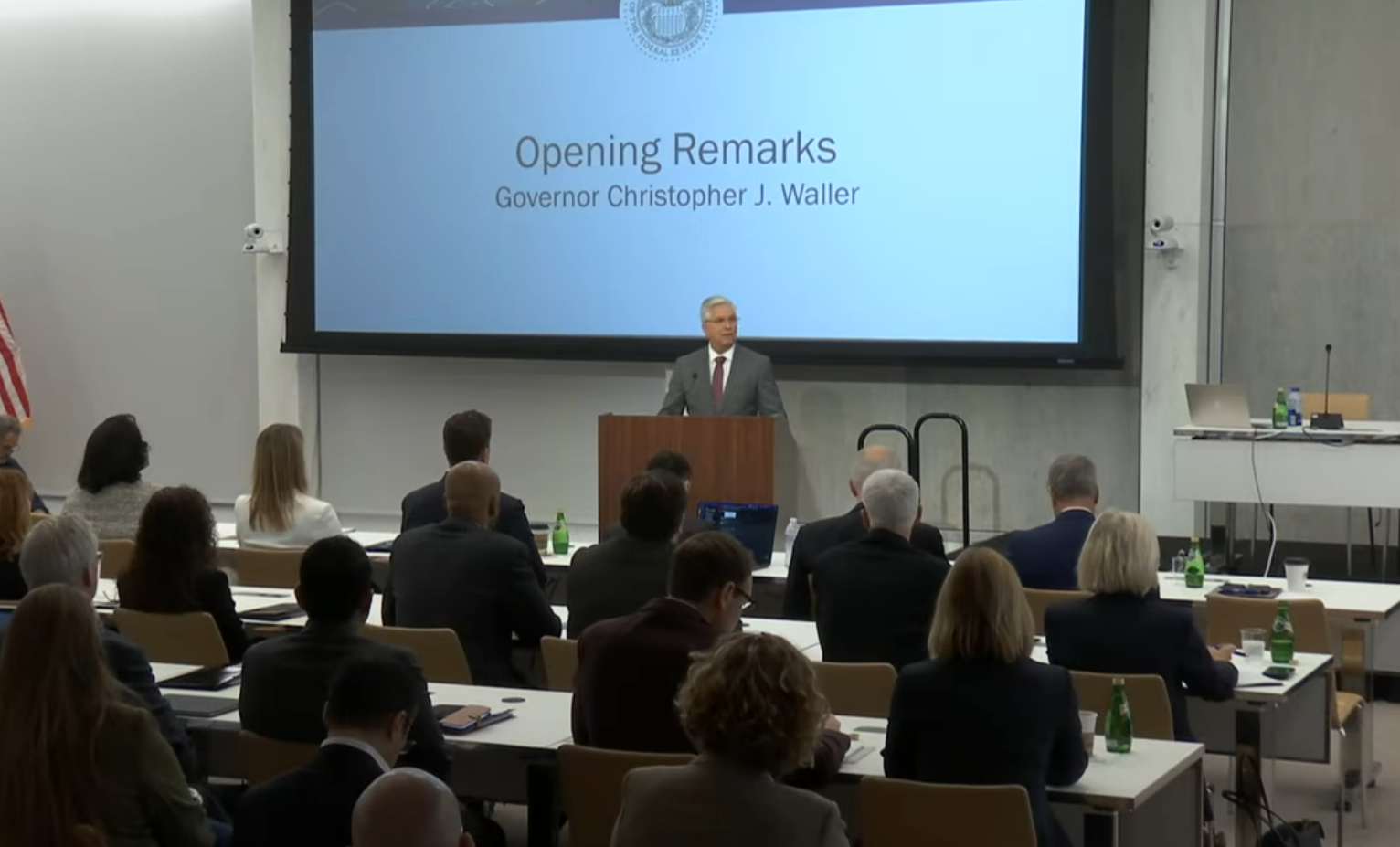
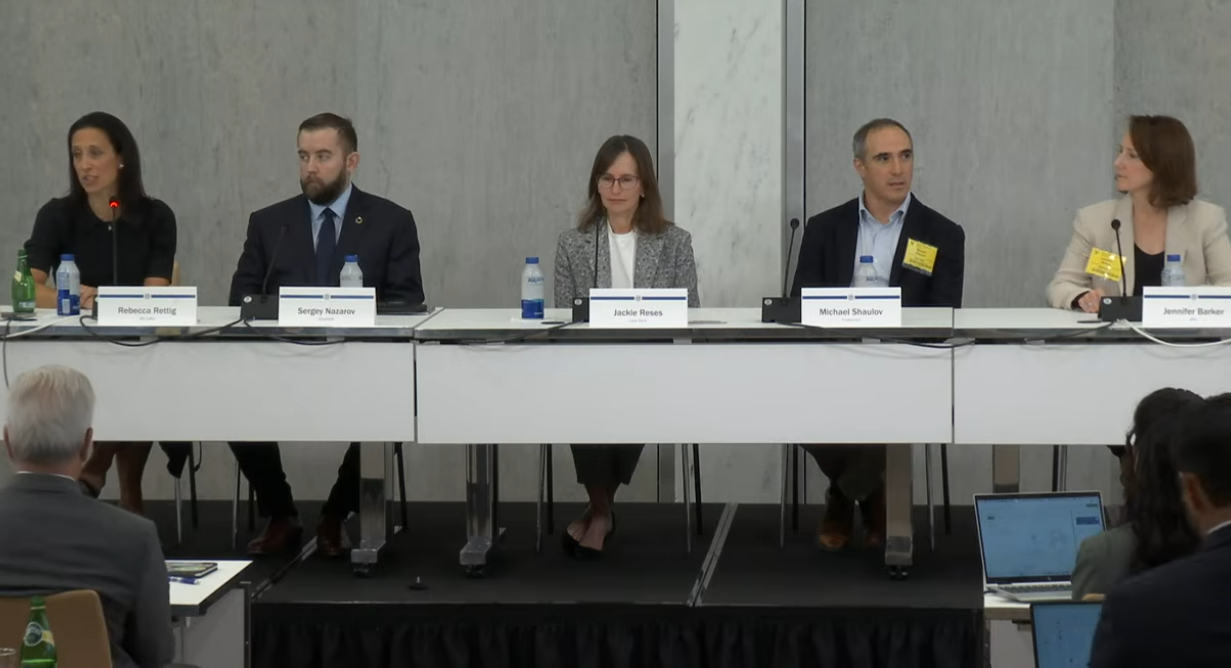

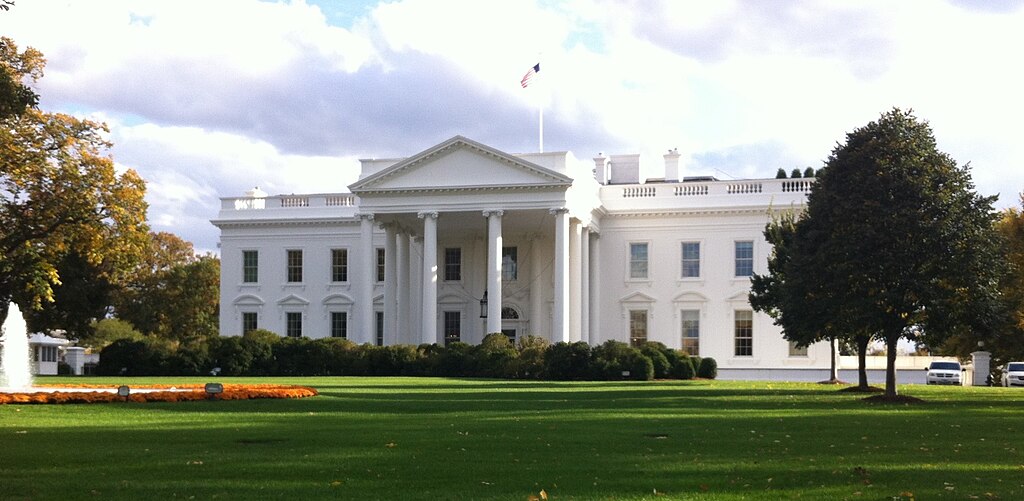
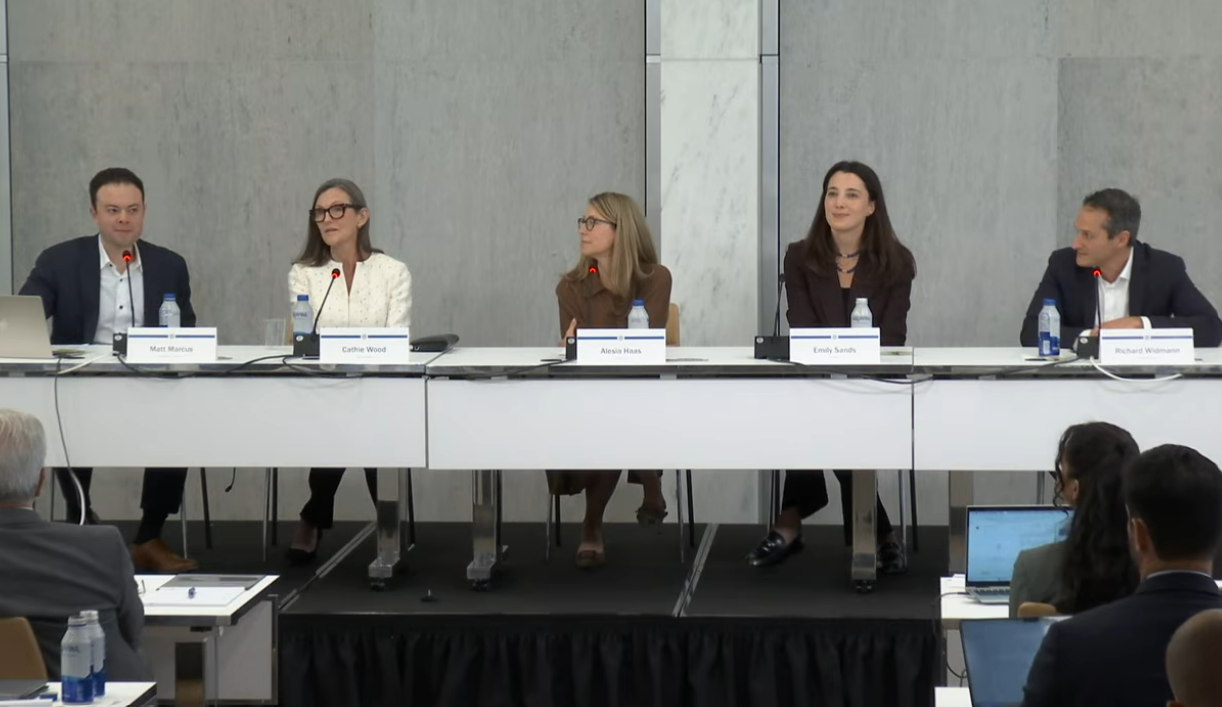




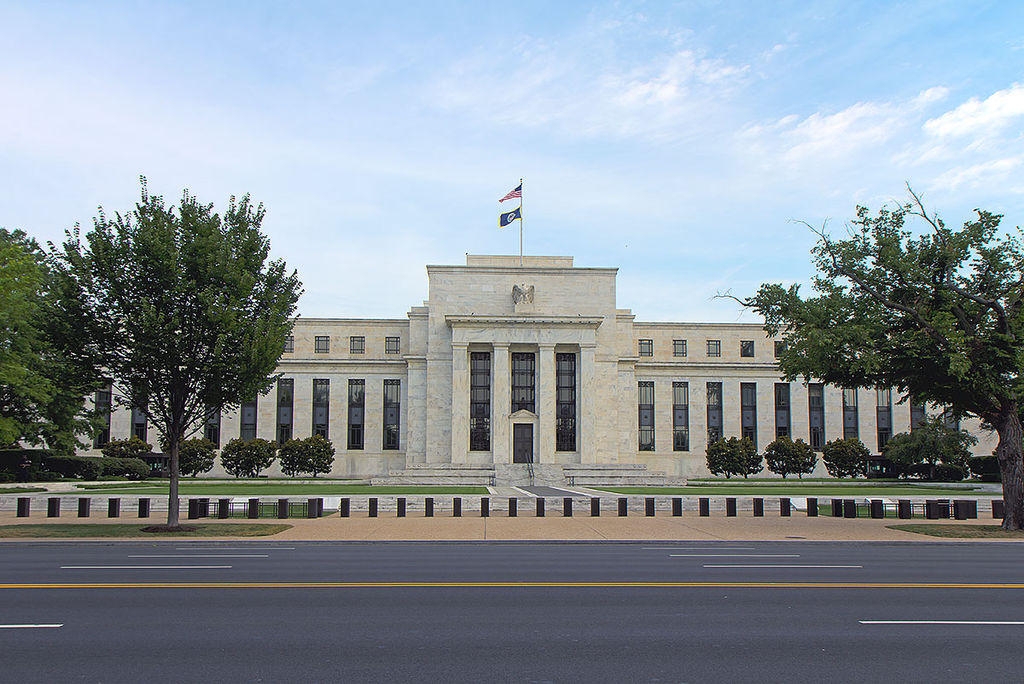


Comment 0